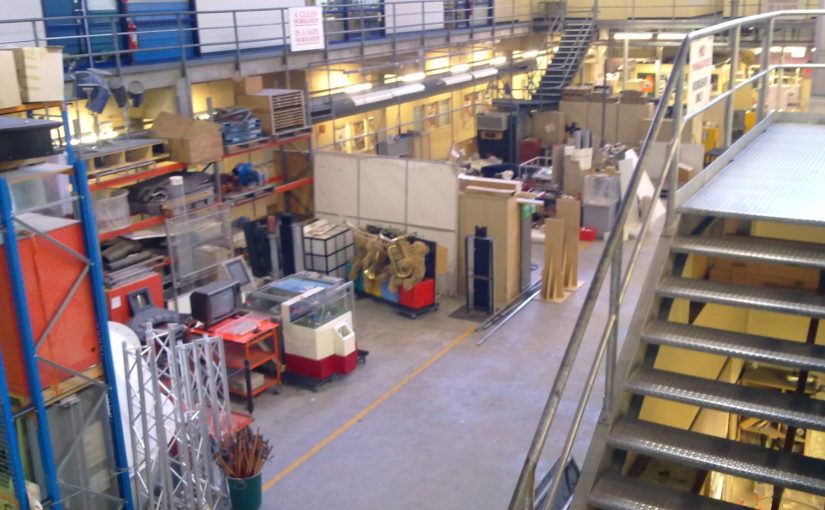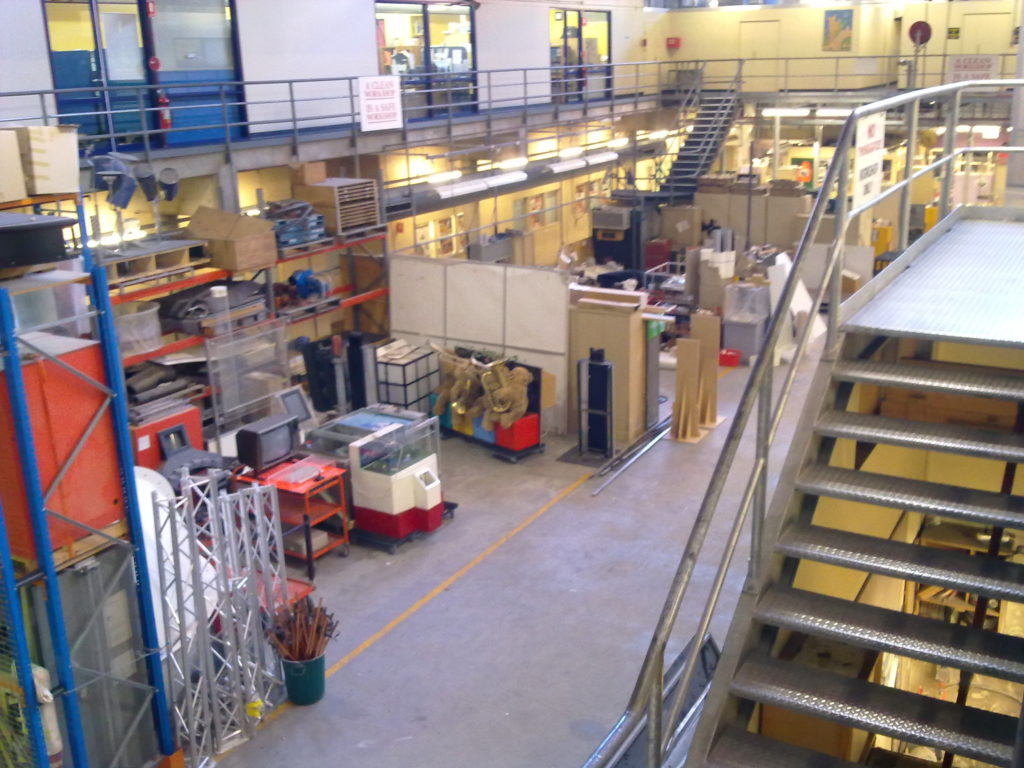I was invited over to New Zealand (from Australia) recently to talk at Te Papa in Wellington and the Auckland Museum. After the talks I was asked if I could share some of my notes on design for participatory projects and for planning for the impact of participatory projects on museums. Each museum has a copy of my slides, but I thought I'd share the final points here rather than by email, and take the opportunity to share some possible workshop activities to help museums plan audience participation around its core goals.
Both talks started by problematising the definition of a 'museum website' – it doesn't work to think of your 'museum website' as purely stuff that lives under your domain name when it's now it's also the social media accounts under your brand, your games and mobile apps, and maybe also your objects and content on Google Art Project or even your content in a student’s Tumblr. The talks were written to respond to the particular context of each museum so they varied from there, but each ended up with these points. The sharp-eyed among you might notice that they're a continuation of ideas I first shared in my Europeana Tech keynote: Open for engagement: GLAM audiences and digital participation. The second set are particularly aimed at helping museums think about how to market participatory projects and sustain them over the longer term by making them more visible in the museum as a whole.
Best practice in participatory project design
- Have an answer to 'Why would someone spend precious time on your project?'
- Be inspired by things people love
- Design for the audience you want
- Make it a joy to participate
- Don't add unnecessary friction, barriers (e.g. don't add sign-up forms if you don’t really need them, or try using lazy registration if you really must make users create accounts)
- Show how much you value contributions (don't just tell people you value their work)
- Validate procrastination – offer the opportunity to make a difference by providing meaningful work
- Provide an easy start and scaffolded tasks (see e.g. Nina Simon's Self-Expression is Overrated: Better Constraints Make Better Participatory Experiences)
- Let audiences help manage problems – let them know which behaviours are acceptable and empower them to keep the place tidy
- Test with users; iterate; polish
Best practice within your museum
- Fish where the fish are – find the spaces where people are already engaging with similar content and see how you can slot in, don't expect people to find their way to you unless you have something they can’t find anywhere else
- Allow for community management resources – you’ll need some outreach to existing online and offline communities to encourage participation, some moderation and just a general sense that the site hasn’t been abandoned. If you can’t provide this for the life of the project, you might need to question why you’re doing it.
- Decide where it's ok to lose control. Try letting go… you may find audiences you didn't expect, or people may make use of your content in ways you never imagined. Watch and learn and tweak in response – this is a good reason to design in iterations, and to go into public or invited-beta earlier rather than later.
- Realistically assess fears, decide acceptable levels of risk. Usually fears can be turned into design requirements, they’re rarely show-stoppers.
- Have a clear objective, ideally tied to your museum’s mission. Make sure the point of the project is also clear to your audience.
- Put the audience needs first. You’re asking people to give up their time and life experience, so make sure the experience respects this. Think carefully before sacrificing engagement to gain efficiency.
- Know how to measure success
- Plan to make the online activity visible in the organisation and in the museum. Displaying online content in the museum is a great way to show how much you value it, as well as marketing the project to potential contributors. Working out how you can share the results with the rest of the organization helps everyone understand how much potential there is, and helps make online visitors ‘real’.
- Have an exit strategy – staff leave, services fold or change their T&Cs
I'd love to know what you think – what have I missed? [Update: for some useful background on the organisational challenges many museums face when engaging with technology, check out Collections Access and the use of Digital Technology (pdf).]
More on designing museum projects for audience participation
I prepared this activity for one of the museums, but on the day the discussion after my talk went on so long that we didn't need to use a formal structure to get people talking. In the spirit of openness, I thought I'd share it. If you try it in your organisation, let me know how it goes!
The structure – exploratory idea generation followed by convergence and verification – was loosely based on the 'creativity workshops' developed by City University's Centre for Creativity (e.g. the RESCUE creativity workshops discussed in Use and Influence of Creative Ideas and Requirements for a Work-Integrated Learning System). It's designed to be a hackday-like creative activity for non-programmers.
In small groups…
- Pick two strategic priorities or organisational goals…
- In 5 minutes: generate as many ideas as possible
- In 2 minutes: pick one idea to develop further
Ideas can include in-gallery and in-person activity; they must include at least two departments and some digital component.
Developing your idea…
Ideas can include in-gallery and in-person activity; they must include at least two departments
- You have x minutes to develop your idea
- You have 2 minutes each to report back. Include: which previous museum projects provide relevant lessons? How will you market it? How will it change the lives of its target audience? How will it change the museum?
- How will you alleviate potential risks? How will you maximise potential benefits?
- You have x minutes for general discussion. How can you build on the ideas you've heard?
For bonus points…
These discussion points were written for another museum, but they might be useful for other organisations thinking about audience participation and online collections:
What are the museum’s goals in engaging audiences with collections online?
- What does success look like?
- How will it change the museum?
- Which past projects provide useful lessons?
How can the whole organisation be involved in supporting online conversations?
- What are the barriers?
- What small, sustainable steps can be taken?
- Where are online contributions visible in the museum?

